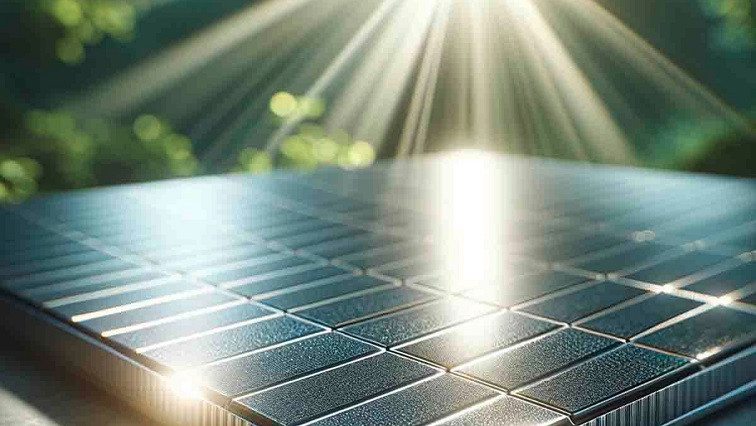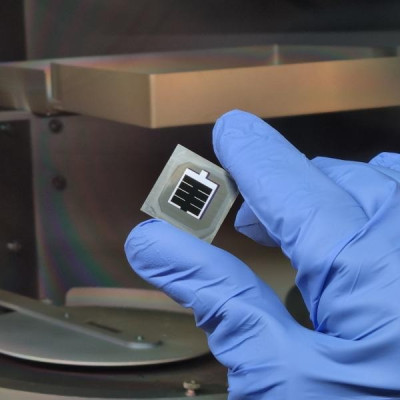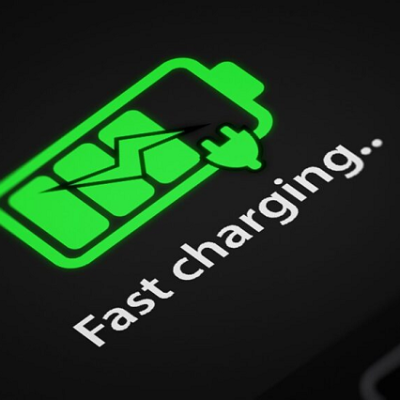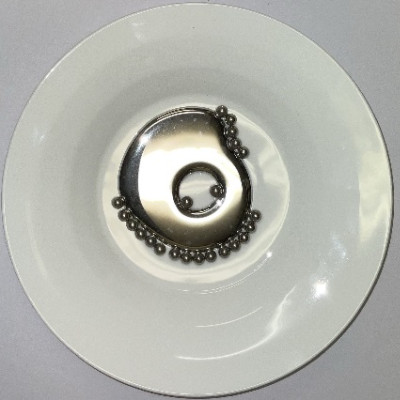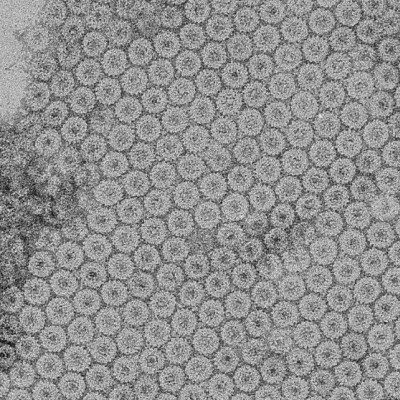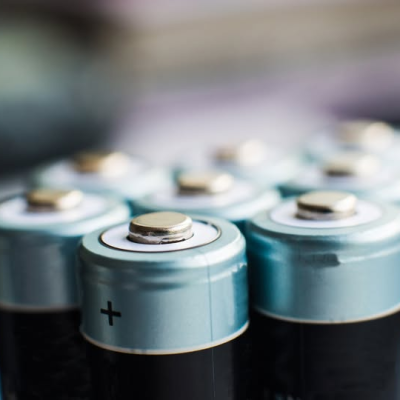Why do we use solar panels? ETH Zurich has introduced the latest photovoltaics invention
A team of scientists at ETH Zurich has come up with a new photovoltaic ceramic known to transform the solar energy market. This concept of breaking through ceramic tile is “amazingly”, one thousand times more effective than the current photovoltaic silicon-based solar panels.
It is proven that what makes this ceramic so special and have such high performance is the fact that it has a nanostructure. It consists of two critical components: a material that has a good absorption coefficient of light and another material that has conductivity to electricity (even better than perovskite and silicon).
The layer that absorbs the light utilizes aluminum oxide and perovskite nanoparticles because these two types present remarkable light absorption features. The perovskites are incorporated into a highly stable aluminum oxide, which in turn shields them from heat, humidity and mechanical impact.
When sunlight is on the ceramic, the electrons in the perovskite nanoparticles are excited and jump to a higher energy level. These excited electrons are then very effectively collected, transported into the aluminum oxide crystals, which are channels in the ceramic, and taken to the surface to create an electric current.
How was this photovoltaic ceramic produced? 1,000 times better than solar panels
This specific structure and texture enable the ceramic to evenly accumulate and store energy coming from the sun all over its surface and achieve a high critical reaction temperature of 1500 °C in the whole material. This is a better breakthrough than previous designs of the solar cell, where the incident solar flux was gradually reduced as it entered the reactor.
It is only fair to describe the photovoltaic ceramic that has been created by the ETH Zurich researchers as revolutionary. This new kind of solar panel has proven to be 1000 times stronger than the old sun-oriented silicon boards. Interestingly, it implies that out of one square meter of the ceramic, as much electricity can be produced as from one thousand square meters of the usual bulk solar panel.
The researchers use this technology to project that it is capable of delivering “practically limitless Free Electricity to the home and office.” The ceramic has the feature of splitting water molecules into hydrogen and oxygen under sunlight, leading to the generation as well as storage of clean hydrogen fuel.
Experts cannot explain how ceramics reach this temperature: The most curious about their performance
Another interesting feature of this new photovoltaic ceramic is that it is made of the same elements as those of other ceramics that have been in use for thousands of years. However, the new type of nanostructure and the approach to its production that has been used by the team from ETH Zurich have turned this age-old material into a groundbreaking energy source.
The researchers have also established a technique of using 3D printing to produce the ceramic, therefore bringing the aspect of flexible, customized solar-based power solutions that can in fact be incorporated in infrastructural systems and structures. This might help make solar power cheaper and more versatile for a lot of uses.
Also, thanks to the possibility of heating the ceramic to temperatures of over 1,000°C with the help of concentrated sunlight, its application can be considered in concentrating solar power stations for the high-temperature treatment of materials, for example, cement, steel and other industrial use cases.
At first glance, it might seem that photovoltaic ceramics are just an alternative to solar panels, but the experts wanted to go a step further in their implementation. How could they help us in America? For example, by replacing materials such as perovskite or monocrystalline silicon, which continue to be the most widely used and which we have to import from emerging countries, many of them from the BRICS group, with solid commercial alliances with Russia or China.
Read the original article on ECOticias.

